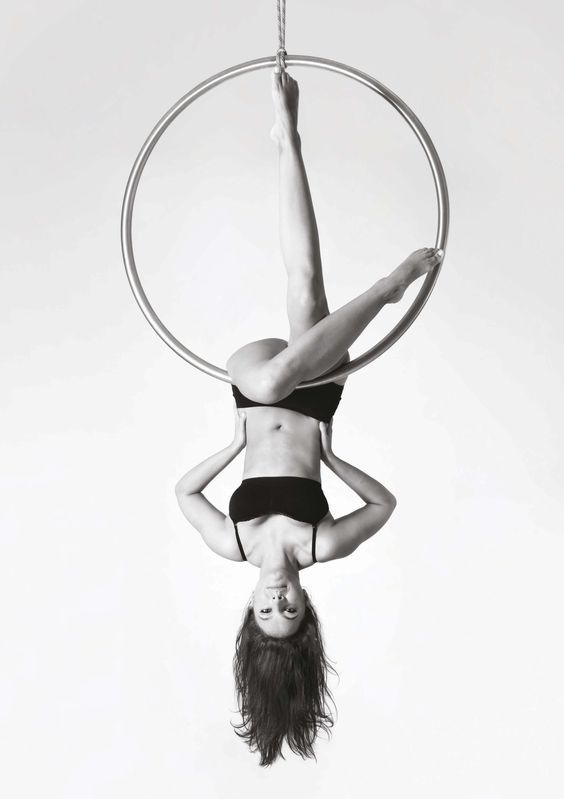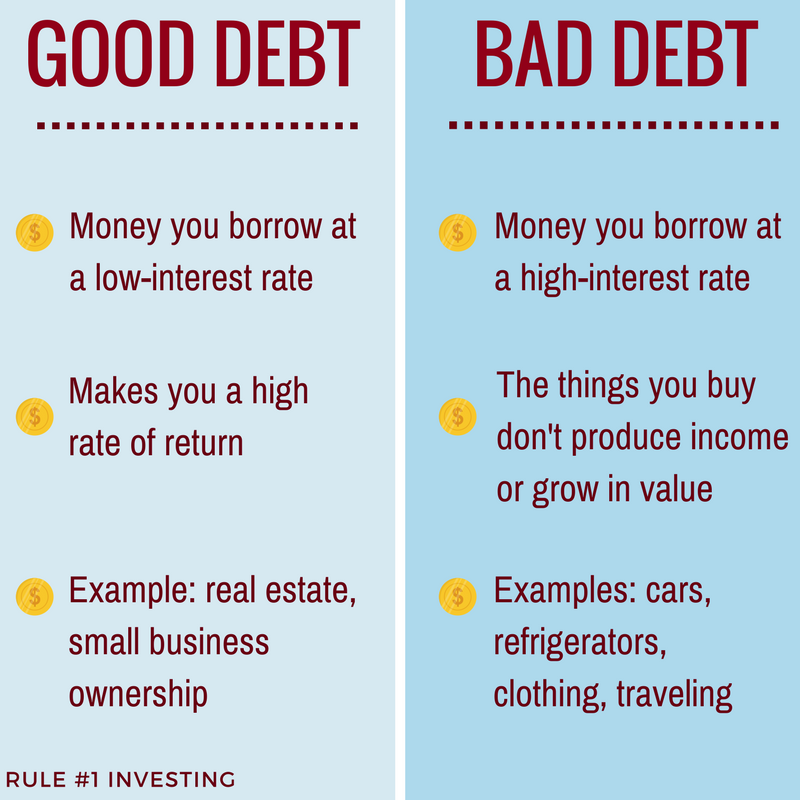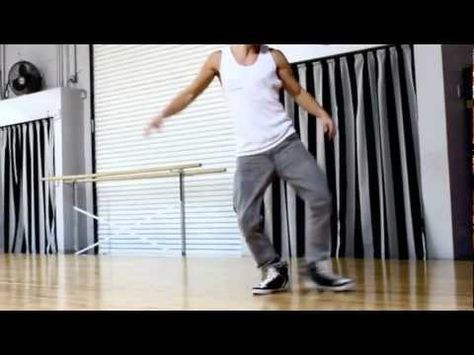How to pick up dance choreography faster
5 Dance Tips For Picking Up Choreography Fast
Being able to pick up choreography fast is something you can train and get better at.
So even if you feel defeated from not being able to keep up and falling behind in class, don't lose hope!
Use these tips each time you learn a piece and you'll notice how you're able to pick up choreography fast, without trying as hard.
1. DON'T watch the choreographer
Do you have a habit of staring straight at the choreographer when you learn, mirroring their moves every time they demonstrate?
And then, once you dance without them, you probably feel lost and confused.
In order to pick up choreography fast, you have to get your body to get used to the movement.
Learn with your eyes, but practice with your body.
This means studying the choreographer first to properly understand their movement, execution, and timing, but not relying on them to regurgitate the piece.
Push yourself to reduce the amount of times you watch the choreographer before you try it without watching them.
You'll start to pick up choreography fast by taking the training wheels off (not watching the choreographer) earlier in the class.
2. Mess up, then move on
The choreographer is in control and sets the pace of things in a class, but sometimes you can’t keep up.
Maybe there’s that one move or combo that keeps messing you up.
Which makes you keep reviewing it again and again, missing the next move, and then the next...
We have a tendency to be fixated on trying to execute every single move perfectly, but sometimes you have to settle for “close enough” and move on.
You can always come back and improve upon it later.
Go over what you need in between gaps of instruction to make the most of your time, but don’t let it stop you from learning the rest of the piece.
3. Don’t dance and
just watchThis is a little counter-intuitive... Don’t dance?? In a dance class?????
However, sometimes there are details your eyes can catch that the choreographer won't explicitly teach.
If they were to explain every single little detail you’re supposed to be executing, then classes would take days.
So catch your breath for a second and really watch what the choreographer is doing.
Not only will you pick up choreography fast, you'll learn to embody the mood, timing, and character much better – which are more important than the exact body placements, anyway.
4. Take multiple classes in a day
When it comes down to it, the ability to pick up choreography fast does require your brain to do some training. Taking multiple classes is a huge strain mentally and physically, and that's the exact how it teaches you to pick up choreography fast.
Don't live around any studios? No worries. Here's How To Learn Dance With No Dance Classes In Your Area
5. Expose yourself to more styles of dance
There are those moments when you get stuck on a move that everyone else seems to get.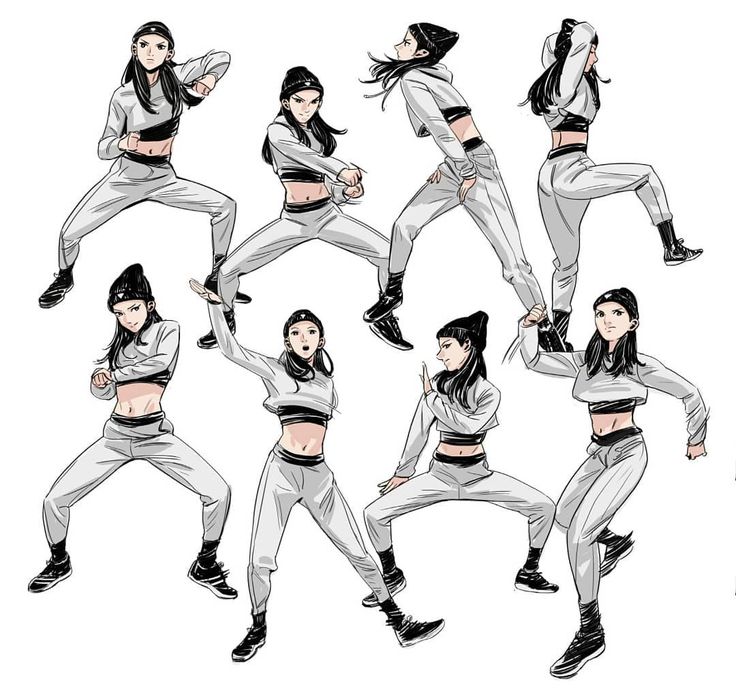 ..
..
Maybe it's a Loose Leg or a Hip Hop groove – but you’re not trained in that style.
In order to pick up choreography fast, it helps to have an expansive range of dance vocabulary.
Being comfortable with moves from different styles will make it much easier to pick up choreography fast because those moves are already ingrained in your muscle memory!
So practice and perfect any moves you come in contact with, because you’ll never know when they’ll come up in another combination.
Clay and Jessie give more tips on how to pick up choreography fast – watch this video!
Did these help you out? Have your own tips to learn choreography faster? Leave a comment below!
Can't Pick Up Choreography Quickly? This Might Be Why—and What You Can Do About It
Lately I’ve been having recurring dreams: I’m in an audition and I can’t remember the combination. Or, I’m rehearsing for an upcoming show, onstage, and I don’t know what comes next. Each time I wake up relieved that it was only a dream.
Or, I’m rehearsing for an upcoming show, onstage, and I don’t know what comes next. Each time I wake up relieved that it was only a dream.
However, this is the reality of how I often felt throughout my dance career. Once I knew the steps, there was no undoing it. It was the process of getting there that haunts me to this day.
Matthew Murphy
The frustration of looking around at other girls getting the combinations quickly and immediately reversing them was infuriating. Why couldn’t I pick it up? Why couldn’t I make my body mimic exactly what the teacher was doing? I knew what she was doing—I knew “pirouette,” “développé,” “battement,” “ball change.”
But the same note followed me everywhere: “Helene is a really wonderful performer with so much personality…She’s not getting the steps as quickly as everyone else.” I wanted to scream, “I am trying! I don’t know what is wrong with me either!” And also, “Slow down!!”
After four years of dancing at an arts high school in Houston, I went on to major in dance at Marymount Manhattan College in New York City. I then danced professionally for a couple of years after college. Eventually I left the dancing world and became a speech therapist. I primarily work with children who have special needs and require a team of specialists. Through my work with these professionals and the children themselves, I have seen similarities between various disorders—certain brain signals are out of sync with motor or auditory functioning in the brain and body.
I then danced professionally for a couple of years after college. Eventually I left the dancing world and became a speech therapist. I primarily work with children who have special needs and require a team of specialists. Through my work with these professionals and the children themselves, I have seen similarities between various disorders—certain brain signals are out of sync with motor or auditory functioning in the brain and body.
In my field of speech and language disorders, we see some children with auditory processing deficits. They may have difficulties with auditory memory, auditory sequencing and discriminating sounds (words) in background noise. In making the connection between my own dance challenges, I realized that this processing of information happens with movement as well.
“Maybe this was my problem!” I realized recently. Something was not firing quickly enough in my brain during those dance classes and auditions many years ago. It occurred to me that perhaps my dance teachers were completely unfamiliar with motor planning deficits. If they themselves never struggled with slow acquisition of movement, how could they truly relate?
If they themselves never struggled with slow acquisition of movement, how could they truly relate?
To move our bodies, there are areas of the brain that “translate visual information into motor commands,” according to Steven Brown and Lawrence M. Parsons, in a 2008 research paper titled The Neuroscience of Dance. Then, “signals are sent to the spinal cord and onto the muscles making them contract.” Simultaneously, “sensory organs in the muscles provide feedback to the brain.”
It is a highly complex multisensory process. Dancers have a unique ability to visualize movement, time these movements to music and execute many directional and opposing changes at once.
Pavan Gupta/Unsplash
Dancers learn movement through a process called praxis, which has these steps:
- Ideation:
conceptualizing a new activity - Motor planning
: organizing and sequencing novel motor actions in the brain - Execution:
performing motor actions
Looking at this praxis model, I am not entirely certain where my breakdown was.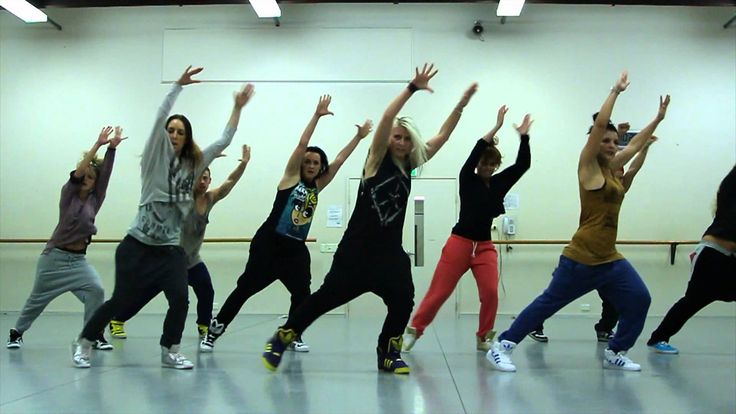 Perhaps it was somewhere in between motor planning and execution, when a timing demand was in place. I know that I was getting the gist of the choreography, but not the whole picture.
Perhaps it was somewhere in between motor planning and execution, when a timing demand was in place. I know that I was getting the gist of the choreography, but not the whole picture.
When I took the time to practice on my own, without the demands, I was successful. Writing the sequences down also helped when I was learning phrases for an upcoming show.
So what can dancers do if they are struggling to pick up choreography?
1. Dancers today have smartphones, easy access to recording abilities, YouTube, voice memos and many more multisensory tools at their fingertips. If you’re an aspiring dancer, use these!
2. Advocate for yourself during and after class. When the teacher asks if you need to see it again, say “yes.” It will get you noticed and they will appreciate that you probably aren’t the only one who needs to see it again. If you need help reviewing the material, ask an advanced peer to go over it with you for a few minutes after class.
3. Write it down. That tactile action combined with saying it aloud will help solidify the steps.
Write it down. That tactile action combined with saying it aloud will help solidify the steps.
4. Don’t mark. If you do, at least perform your hands full out while practicing.
5. Take many styles of dance classes. Repetition for muscle memory is key. During and after college I found that studying a variety of genres in addition to my dance major requirements helped me most in auditions.
6. Finally, know that you are not alone. You are not “slow” and I am sure you are concentrating and paying attention. Never be afraid to explain to your dance teachers that everyone learns differently. You may teach them something that will be valuable to other students in the long run.
90,000 12 life hacks, to quickly learn how to dance from Mamita DanceDances
Author: Pavel Gather
Psychologist, Lecturer Salsa and Tango
Dances
Author: Pavel Pavel
Psychologist, Lecturer Salsa
on At the start, you always want to get a quick result. When it doesn't happen, the hypothesis arises that everything takes time. After a conditionally acceptable time, humility comes to mastering pair dances, which, perhaps, is not given, and I will just do what I learned somehow.
When it doesn't happen, the hypothesis arises that everything takes time. After a conditionally acceptable time, humility comes to mastering pair dances, which, perhaps, is not given, and I will just do what I learned somehow.
This is the most common story of those who believe that the mere act of attending a pair dance class is enough to learn how to dance.
Absolutely not. If you want to really dance well, you have to make an effort outside of the dance class. A good teacher will definitely be needed, but the initiative should be on your side.
1. Listen to music
The most common and accessible advice that is given already in the first lessons. And it definitely works. Music creates a certain atmosphere of the dance and intuitively you want to move to it. It doesn't matter where you listen to music - in the car, on headphones while walking or doing household chores.
An addition that will help you dance better is your active participation in the music.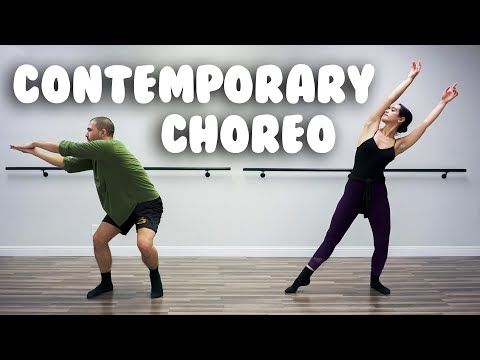 Sing along, dance or simply beat musical accents with any free parts of the body. In the subway, for example, it is enough to tap out bright moments with your fingers, in the car to sing along with sounds, and at home you can jump for pleasure.
Sing along, dance or simply beat musical accents with any free parts of the body. In the subway, for example, it is enough to tap out bright moments with your fingers, in the car to sing along with sounds, and at home you can jump for pleasure.
2. Watch videos of good dancers
It's complicated, but also obvious. It’s more difficult, because without recommendations from more experienced dancers, unfortunately, it’s not so easy to find a good quality video on the net (I mean not the resolution quality, but the content itself).
Meaningful video viewing is about building an understanding of HOW dancers make a particular impression on a partner or viewer. Technology is at the heart of everything. Understanding how the pros do it is a big step forward.
It is important to distinguish a show from a disco dance, a staged performance from an improvisation, a stylized dance from an authentic one, etc. Ask for recommendations and dance teachers will always throw off a couple of videos of worthy landmarks.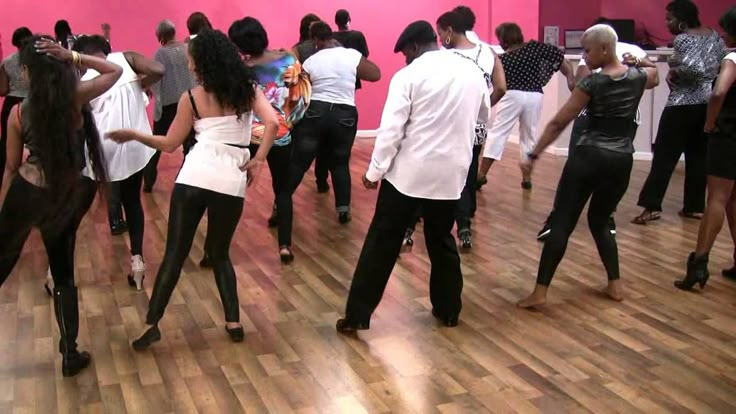
Tango Z. Showreel.
Online modern tango courses
Tango nuevo is the most advanced version of tango. We can quickly learn to dance from zero to a steep level.
| View details |
3. Dance in salsatecas/milongas/discotheques
A very delicate moment when it is worth coming to the first party. From a technical point of view, most students in 1-3 months have a sufficient set of figures and techniques to come and dance calmly. Psychologically, the same moment can be stretched out for an indefinite time. After all, it is imperative to “not lose face”, “learn more figures” and be sure what to do in case “there is an unfamiliar movement”.
In fact, the partygoers don't really care (except for a small layer of non-professional teachers who want to help inexperienced dancers by treating them as customers in the future). It is important to come and try dancing after a month of classes. You can only with friends or guys from your group. This will be enough to feel the adrenaline and inspiration from the dance.
You can only with friends or guys from your group. This will be enough to feel the adrenaline and inspiration from the dance.
4. Dance with partners or partners not of your level
The conventional wisdom that you need to practice in groups of your level does not withstand the test of experience. Perhaps now your eyes widened in surprise, and you want to meaningfully read the phrase again. Yes, you saw everything correctly: when you dance with a partner of your level, you don’t grow anywhere.
It's important to understand that not only does it work one way and you have to dance with cooler dancers, but it works even more effectively the other way. It is no coincidence that teaching pair dances dramatically raises the level of the teacher himself. You have an endless stream of very beginner dancers.
How it works. A more experienced partner needs to be "stretched". It's easy and obvious. With beginners, you need to take more initiative on yourself, see the general pattern of the dance more widely, turn on and insure more, try to be an example and be more careful. The quality of interaction begins to grow significantly. And wonderful partners too.
The quality of interaction begins to grow significantly. And wonderful partners too.
Dancing with partners of your level doesn't make you grow. Dance with both beginners and more advanced dancers
Dominican Bachata Women's Style Online Course
Want to learn how to hypnotize those around you with the most appetizing part of your body? On the course we will tell you all the secrets.
| Interesting |
5. Learn to dance for a partner and for a partner
Turks and Argentines are one of the best partners in the world. In Russia, partners are highly valued. Why? The answer is simple. In Argentina and Turkey, it is not questionable for men to ask another man to lead in one piece or another and give feedback on the quality of the lead. For them, it will be a great shame to hear moralizing from a partner, or even more so to be known in the community as an insecure partner.
In Russia, due to the constant, often far-fetched, opinion that there are more women in pair dances, partners calmly get up and study their partner's part. Such partners then grow into very cool dancers and teachers. In no case do this at parties, only in class. Here we are talking only about the learning strategy. At parties, be yourself.
6. Do not memorize the links
Always try to look deeper and understand the through principle and idea of movement. Understanding what and how is done will make it possible to independently generate any sequences and chips.
Human memory is limited and there will always be a moment when something will escape and your repertoire will be limited by the size of RAM.
In Argentine tango, for example, there are seven levels of movement construction that, when mastered, will allow you to make millions of combinations. And how many dance sequences can you really remember? In rueda, more than 150 figures dance in a rare circle. It's hard to keep more in mind.
It's hard to keep more in mind.
7. Develop your body
Many years of experience in teaching couple dance shows that as soon as everyone pairs up in a class, any progress in individual style ends. But it is the individual style that distinguishes everyone at the disco: partners change, and style is always with you.
The body as the main instrument of dance must be very plastic, responsive and emotional. Surprisingly, not all pair dance schools have a general physical warm-up. It is vital to tune the body and understand how it works.
You can always train extra and concentrate more on the basic steps, as their true value is as body work. The sequence of steps is, in fact, the simplest thing that can be in pair dancing. The quality of individual performance determines the craftsmanship.
8. Try on the images of inspiring dancers
A psychological life hack for those who have already mastered the steps, but still feel that there is not enough brightness and drive. Most are terribly afraid of being someone else's "clone". Here the action is the same as under the influence of hypnosis - the more you resist, the more you plunge into an altered state of consciousness.
Most are terribly afraid of being someone else's "clone". Here the action is the same as under the influence of hypnosis - the more you resist, the more you plunge into an altered state of consciousness.
With a high degree of probability, you are already dancing like someone else's "clone". A meaningful fitting of someone else's image is that you mentally take the image of the one who inspires you (inspiration is critical in this case) and "put on" yourself. Then you start dancing and trying to feel in general how it is to be able, for example, to be the best partner or the sexiest partner in a disco. This is much more difficult than it seems. But it works extremely efficiently.
9. Dance to offbeat music
Habitual rhythms keep you tight. Tango salon or speedy timba leave little room for experimentation and fantasy. Pattern dancing is always noticeable and is reserved for beginners.
The truly new is born outside of the usual. Look for places to experiment. If there is no place, organize self-training. The main thing is not to get carried away, because music determines the style. We bring something new to pair dances, rather than trying to change them.
Look for places to experiment. If there is no place, organize self-training. The main thing is not to get carried away, because music determines the style. We bring something new to pair dances, rather than trying to change them.
Search, improvise, don’t be afraid to go beyond, develop in different directions, be inspired by music atypical for the style
10. Try your hand at basic dance directions
dances exist according to their own non-choreographic laws.
This is the deepest delusion, which has turned into a ceiling for the qualitative development of partner dances. After all, all professional dancers, for example, in salsa or bachata, build their ideas on the basic choreographic principles.
Do not think that choreography is only applicable on stage. Any meaningful movement of the body can be choreographic. In general, try classical or modern choreography. Basically, hip-hop can work too.
11. Look for battle sensations
Pair dances return us to an active position of manifestation of our body. As in the days of our ancient ancestors, we impress the members of the opposite sex by how dexterous, hardy, sexy, etc. we are. Modern laws of the jungle in the entourage of large cities.
If you look around the dance floor, it becomes clear that the majority are clearly herbivores (not in the sense of vegetarians, but in relation to those around them). I am sure that predators are always more interesting in terms of the attractiveness of the image - try to find a counterbalance among herbivores, for example, a cat woman or a lion man.
The conversation is about an internal position, not about aggressiveness. Lability and lack of control are inherent in adolescents, and not in adult self-sufficient people.
Accordingly, even a training or friendly battle gives, on the one hand, practical skills - to make a bright sequence of movements, bring an idea to a climax, show a spectacular feature, on the other hand, develops the psychological basis of the dance - self-confidence, resistance to extraneous attention, self-control and self-control in complex elements.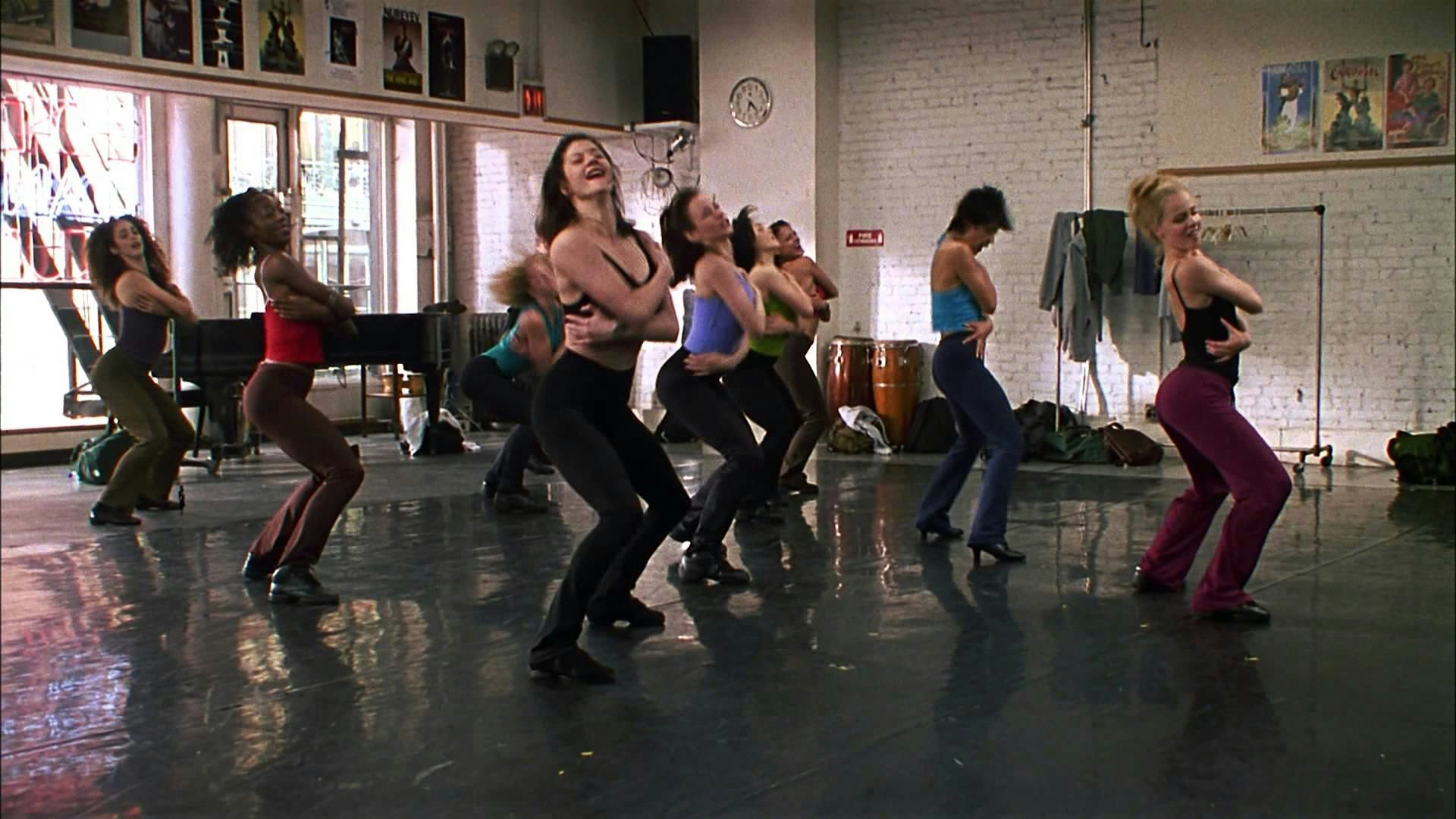
12. Communicate with professionals
The environment shapes the internal position. Basically, real passionaries of the dance community are ready to openly talk, discuss and support the development of dance in every possible way. Universal principles and the ideas they articulate have a much longer and more practical perspective than meets the eye.
Accept that, for example, behind the words "listen to your partner" is not only a beautiful metaphor, but also a practical skill to literally listen to your partner. At the same time, always treat every thought, even the most respected teacher, as a private opinion.
Your skill will lie in finding the scope of the idea even in conflicting opinions. Most often, the contradiction is speculative and the truth lies in the angle of perception or situationality.
Your dancing growth will stop sooner or later. This can happen at the level of three basic steps or years of experience in teaching and show performances.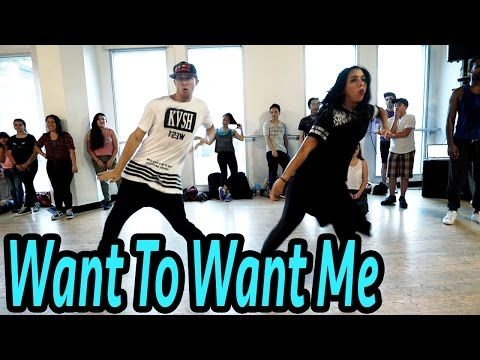 Regardless of your level, the suggested 12 life hacks can get you off the ground and greatly accelerate your dance growth. There is no way here without your motivation and activity. Take your dance development into your own hands. 9Ol000 Dangerous sexuality
Regardless of your level, the suggested 12 life hacks can get you off the ground and greatly accelerate your dance growth. There is no way here without your motivation and activity. Take your dance development into your own hands. 9Ol000 Dangerous sexuality
Salsa: destroyers of stereotypes
Couple dancing as a source of strength.
Self-destruction of the couple dance community
The Salsa series as a mirror of the community
Mamita Fridays: salsa, bachata
Destroying the myths about leading pair dances
Does dancing make us better?
The seven deadly sins of teachers
Why we will never dance bachata like the Dominicans
Why tango?
Dispute over musicality
Selection of dances according to alcohol preferences
Where to find inspiration for dancing?
Terrible tango nuevo
Distribution of roles in a salsa party
Argentinean tango through the eyes of a salsa dancer
Is there a predisposition to dancing?
Which is more effective: individual or group lessons?
Sexual connotation in pair dances
types and styles, individual and group trainings in FITNESS ARENA 3000 in Ufa
People have the opportunity to put the body in order without monotonous, sometimes exhausting workouts and do it with great joy.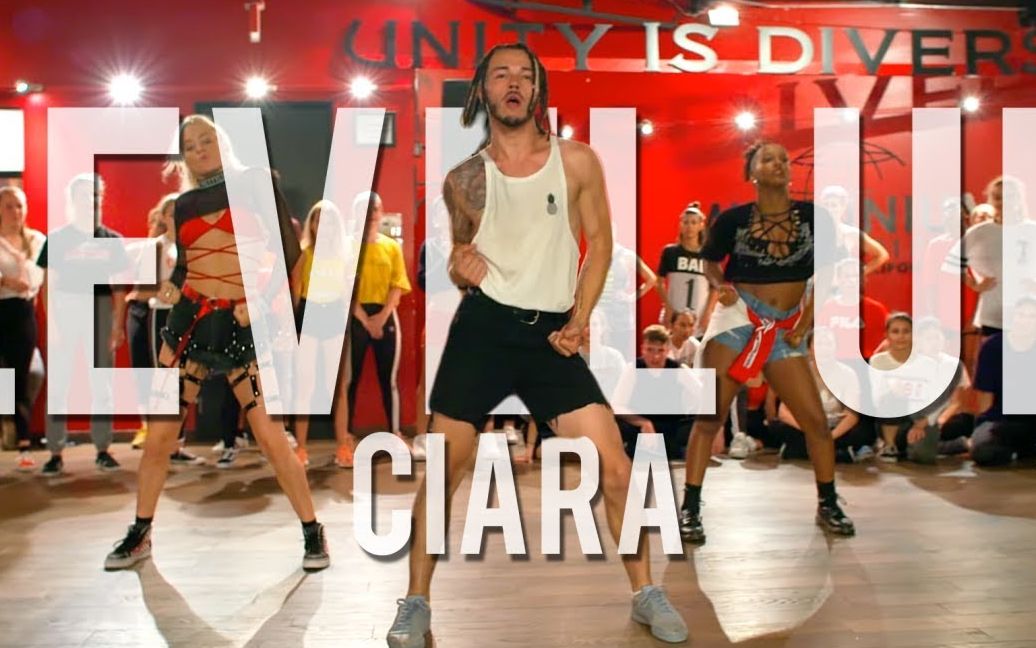
The topic of today's conversation will be fitness dances, types and styles, their features, health benefits and figures.
All dance fitness goals
Both women and men are fond of fitness dancing. What makes even very busy people find time for at least a couple of classes a week? The undeniably proven benefits of dancing, and the ability to achieve your goals:
-
lose weight quickly due to aerobic exercise, comparable to training on simulators;
-
gain elastic forms due to the work of each muscle of the body and at the same time not pump over;
-
learn to control your body, improve posture, gait, coordination of movements;
-
to improve and strengthen the heart, blood vessels, lungs - the positive effect of dancing on human health has not been questioned for a long time;
-
relieve accumulated stress and negativity, recharge with powerful positive energy;
-
find friends, make new interesting acquaintances.

Do you think you need to be able to dance perfectly to practice fitness dancing? Nothing like this. Scientists say that the sense of rhythm and basic dance movements are inherent in us at the level of genes and neuroscience. All you need is rhythmic music and someone for whom you will repeat. And the mechanism of imitation turns on by itself.
Well, now let's talk in detail about fitness dances, their main types and styles.
Zumba Fitness
This is perhaps the most famous and popular dance fitness program. Many start with Zumba, fall in love with it with all their soul and body, and they are limited to it.
Why do anything else, if Zumba makes it possible to lose weight and gain excellent physical shape without much effort.
Zumba fitness appeared in 2001 thanks to the choreographer Alberto Perez, who combined classical fitness exercises with elements of Latin American dances and rhythms.
By the way, for everyone who doubts whether it is possible to lose weight with the help of dancing, we recommend Zumba.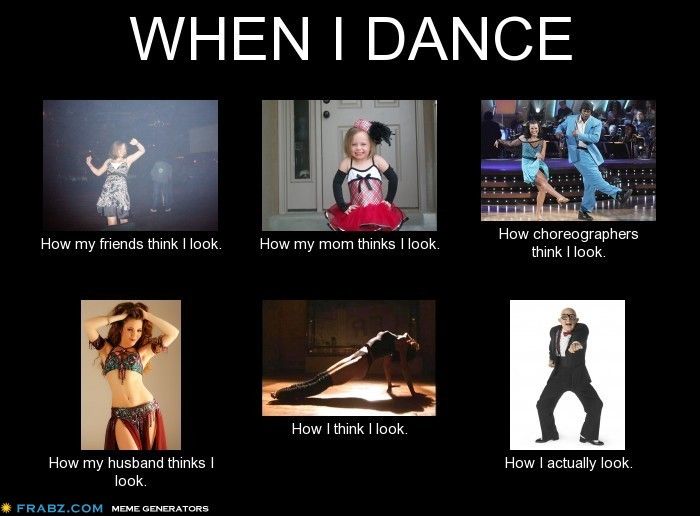 In just 1 minute of vigorous movement, you will lose about 10 calories. Calculate how much it will take for an hour of classes.
In just 1 minute of vigorous movement, you will lose about 10 calories. Calculate how much it will take for an hour of classes.
Dance and Power
Anyone who finds fitness yoga boring and aerobics outdated should try out an interesting form of gymnastics called Power & Dance.
The program was developed on the basis of aerobic fitness exercises with elements of dance choreography. The benefits of Power & Dance dances are to develop and strengthen muscles and joints, reduce weight, improve the health of the whole body. Everything is fast here - time flies to rhythmic music and the effect is noticeable after a couple of classes.
Body Ballet
Body ballet appeared at the end of the last century and adequately withstood the competition with other types of dance fitness.
Elements of yoga, Pilates, basic ballet exercises are closely intertwined in the program to strengthen the muscles of the legs, eliminate the hated "breeches" and "ears" on the hips, work out the muscles of the arms and body, improve stretching, posture, and gait.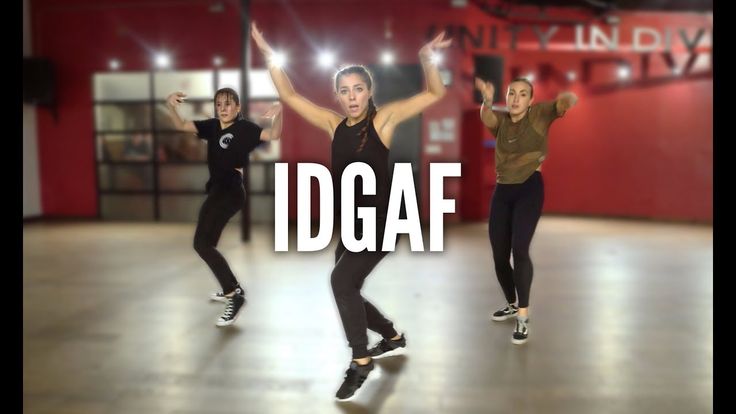
Fans of body ballet argue that in addition to the positive impact of dance on human health, it not only heals, but also rejuvenates the body.
There is another type of fitness dance similar in style - Port de bras, authored by Russian choreographer Vladimir Snezhik.
Belly dance
As ancient as the world, oriental belly dance has become the basis of an equally popular style of dance fitness.
Bellydance involves not only the muscles of the press, but also the arms, legs, shoulders, back, plus a serious aerobic load. Due to the specifics of the movements, the blood supply to the pelvic organs improves, the work of the intestines normalizes, toxins are removed better and faster.
Another benefit of belly dance is to develop body plasticity and increase sexuality.
Twerking
Twerk has not yet become an independent type of fitness dance, but its elements are used in many dance fitness programs.
Provocative dance, where they dance with the hips and buttocks, originally from West Africa. In the 90s of the last century, twerk (twerking, booty shake, booty dance) appeared on the streets of New Orleans and became incredibly popular at local discos.
Miley Cyrus brought him worldwide fame, after which twerk began to be actively studied and included in fitness dance programs.
It would seem that turning backwards is easy. What do such dances give a person? Try moving one glute muscle independently of the other, or doing a figure-eight with your hips. As long as you master the basic movements, there will be no need for a buttock lift.
Strip dance
Plastic dances with elements of sensual movements in different programs are also called sexy dance or erotic dance. The essence of this does not change: strip plastic combines the techniques of modern choreography, aerobics and striptease.
Among all fitness dances, their types and styles, Strip dance is the most graceful and measured.

